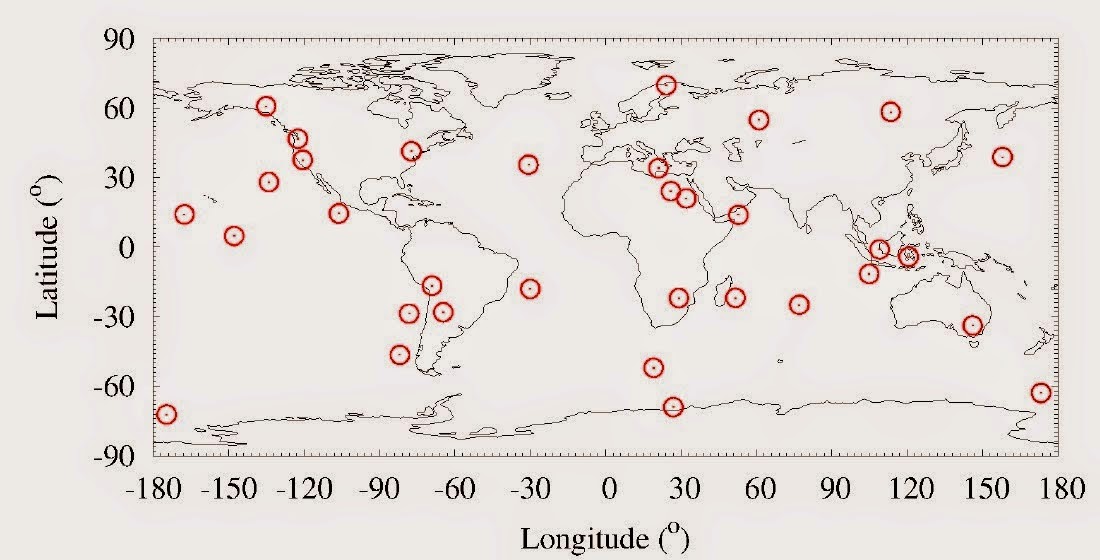Asteroid 2014 WH6 passed by the Earth at a distance of 11 200 000 km (29.13 times the average distance between the Earth and the Moon, or 7.5% of the average distance between the Earth and the Sun), slightly before 5.05 pm GMT on Monday 24 November 2014. There was no danger of the asteroid hitting us, though had it done so it would have presented only a minor threat. 2014 WH6 has an estimated equivalent diameter of 21-65 m (i.e. it is estimated that a spherical object with the same volume would be 21-65 m in diameter), and an object of this size would be expected to break up in the atmosphere between 22 and 4 km above the ground, with only fragmentary material reaching the Earth's surface.
The calculated orbit of 2014 WH6. JPL Small Body Database Browser.
2014 WH6 was discovered on 17 November 2014 (seven days before its closest approach to the Earth) by the University of Hawaii's PANSTARRS telescope on Mount Haleakala on Maui. The designation 2014 RT17 implies that it was the 444th asteroid (asteroid T17) discovered in the first half of September 2014 (period 2014 R).
While 2014 WH6 occasionally comes near to the Earth, it does not actually cross our orbital path. It has an elliptical 1627 day orbit, at an angle of 14° to the plane of the Solar System, that takes it from 1.04 AU from the Sun (1.04 times the average distance at which the Earth orbits the Sun), slightly outside our orbit, to 4.37 AU from the Sun, (4.37 times the distance at which the Earth orbits the Sun, and almost three times the average distance at which the planet Mars orbits the Sun). As a Near Earth Object that remains strictly outside the orbit of the Earth it is classed as an Amor Family Asteroid.
See also...
Asteroid 2014 WF201 passed by the Earth at a distance of 2 398 000 km (6.24 times the average distance between the Earth and the Moon, or 0.016% of the average distance...
The Irish Astronomical Association has reported a fireball over County Antrim in Northern Ireland at about 5.30 pm GMT on Tuesday 18 November 2014. The meteor was reportedly brighter than the Moon, and...
In 1984 palaeontologists David Raup and Jack Sepkowski of the Department of Geophysical...
Follow Sciency Thoughts on Facebook.




